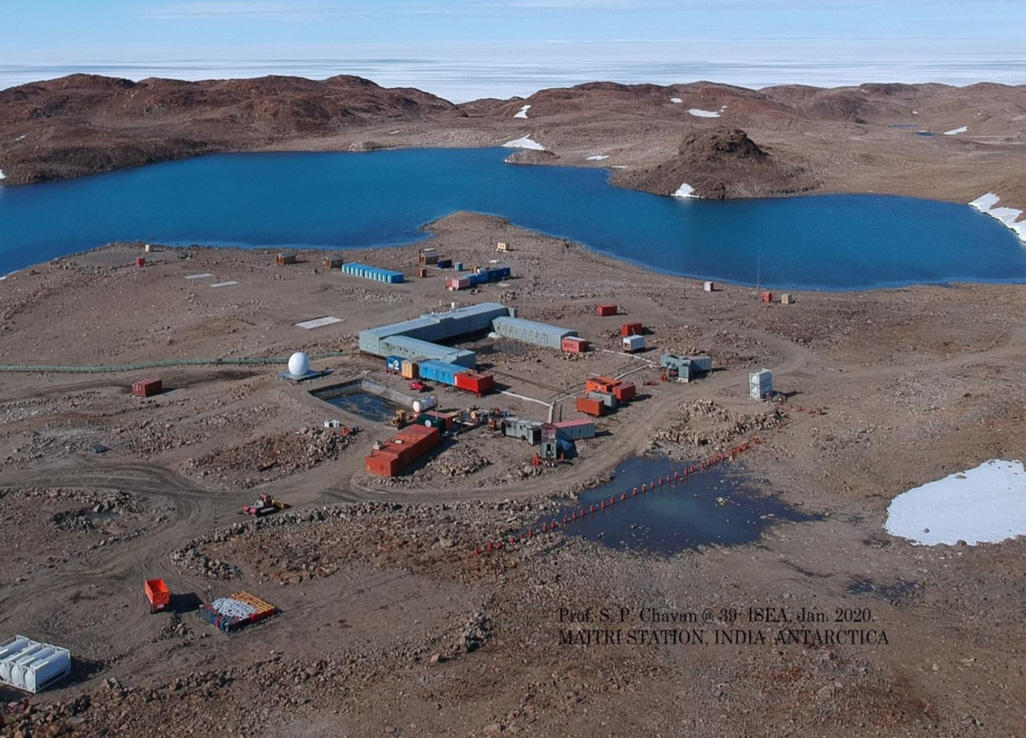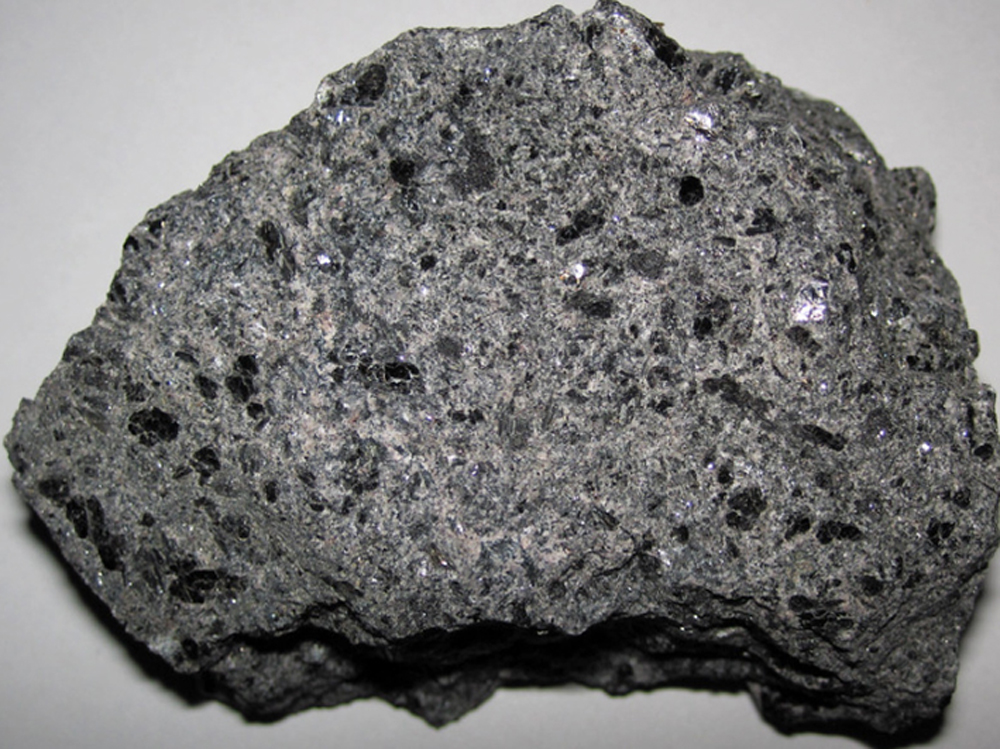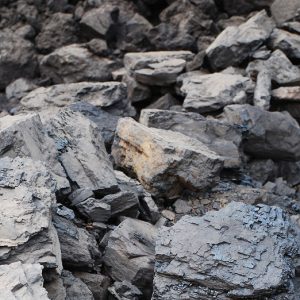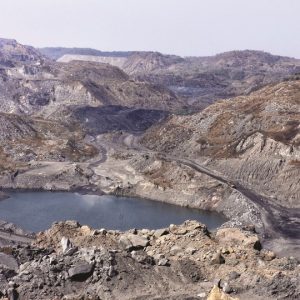Mining and Environment



India is set to embark on a new chapter in its Polar exploration journey with the construction of Maitri II. The Indian government plans to establish a new research station near the existing Maitri ba...
.png )
The Deep Ocean Mission (DOM), approved by the Government of India in 2021 under the Ministry of Earth Sciences (MoES), represents a strategic step in realizing Sustainable Development Goal 14 (SDG 14:...

China recently announced restrictions on the export of seven rare earth elements (REEs), soon after US President Donald Trump decided to impose tariffs. As the world's dominant supplier—responsible fo...
There are different types of mining depending upon the techniques employed in the extraction of minerals. Each type has a bearing on varying environmental concerns related to biodiversity, air, water...
Nearness to coal deposits has been advantageous to the industrial locations that have to transport the bulkier raw material to production sites. Such locational advantages are, however, losing their t...
Mining activities are responsible for adverse changes in land use pattern. Ecorestoration is, therefore, essential for bringing back the original characteristics of the land.
Coal has been the main source of energy in India and through increased coal production, coal is still fulfilling the energy demands of the country. The quality of coal has always remained a matter of...
There are different types of mining depending upon the techniques employed in the extraction of minerals. Each type has a bearing on varying environmental concerns related to biodiversity, air, water and land.

Nearness to coal deposits has been advantageous to the industrial locations that have to transport the bulkier raw material to production sites. Such locational advantages are, however, losing their tenacity in the present times.

Mining activities are responsible for adverse changes in land use pattern. Ecorestoration is, therefore, essential for bringing back the original characteristics of the land.
